1:72 Iowa Class Mark-7, 16"-50cal Turret #1 with Custom Interior Start-to-Finish
This is a monster project that I've been wanting to do for years. The market had to catch up to me with the issuing of an Iowa Class 16" turret. I just viewed a box review to see what was in the kit and get a quick fix on just what I would have to make from scratch.
This is a screen print of what I saw.
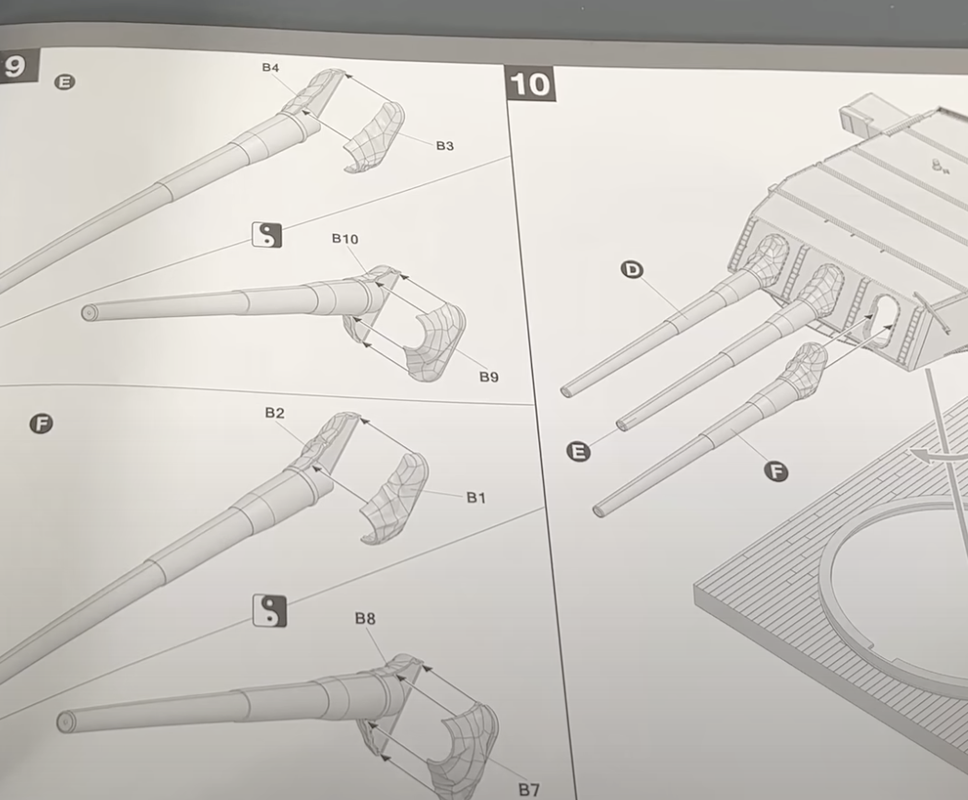
Behind the blast bags is.... nothing. That means the entire gun from the exposed part of the slide reward needs to be create along with everything else. My plan is to do the gun house interior completely including guns, gun rooms, control space with equipment, manual trainer's and pointer's stations, the big rangefinder, etc.
I already started, assuming correctly, that nothing would be in side. I started with the gun lugs, and am buiilding the entire rear half of the guns. I am drawing all of this apparatus on SketchUp and then will 3D Print and scratch build all the rest.
Here's the gun lugs.
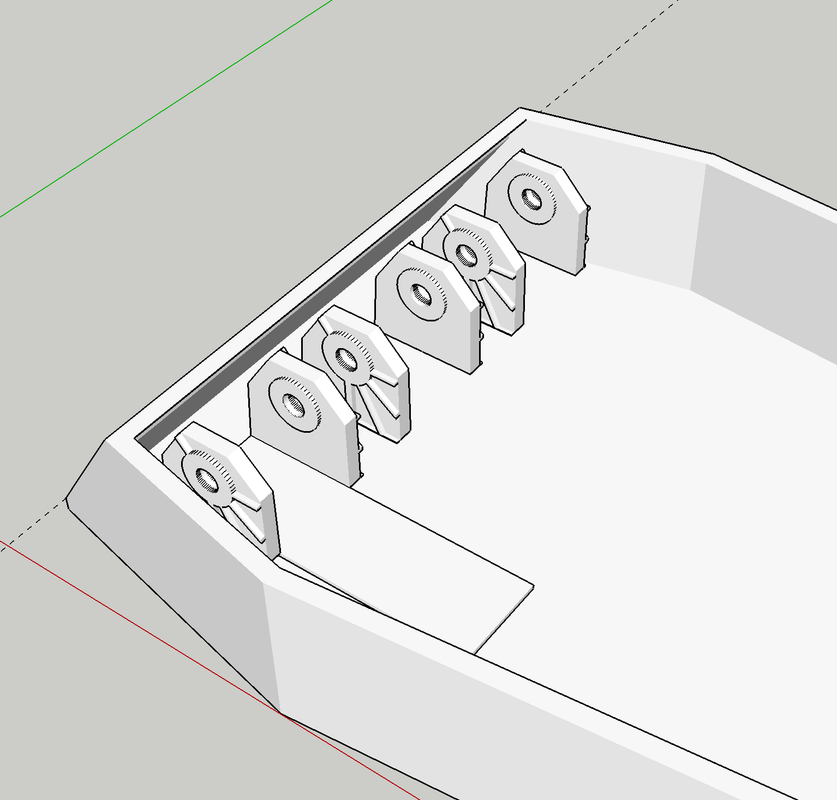
Also, I will have to thicken all the walls with material to simulate the turret armor. I have pretty good references for all of this, but no actual dimensioned blue prints. I did get from the curator of the USS New Jersey Museum Ship the actual dimensions of the rear face of the gun. With SketchUp if I can get one good measurement I can scale from that. So here's the work on the breach end.
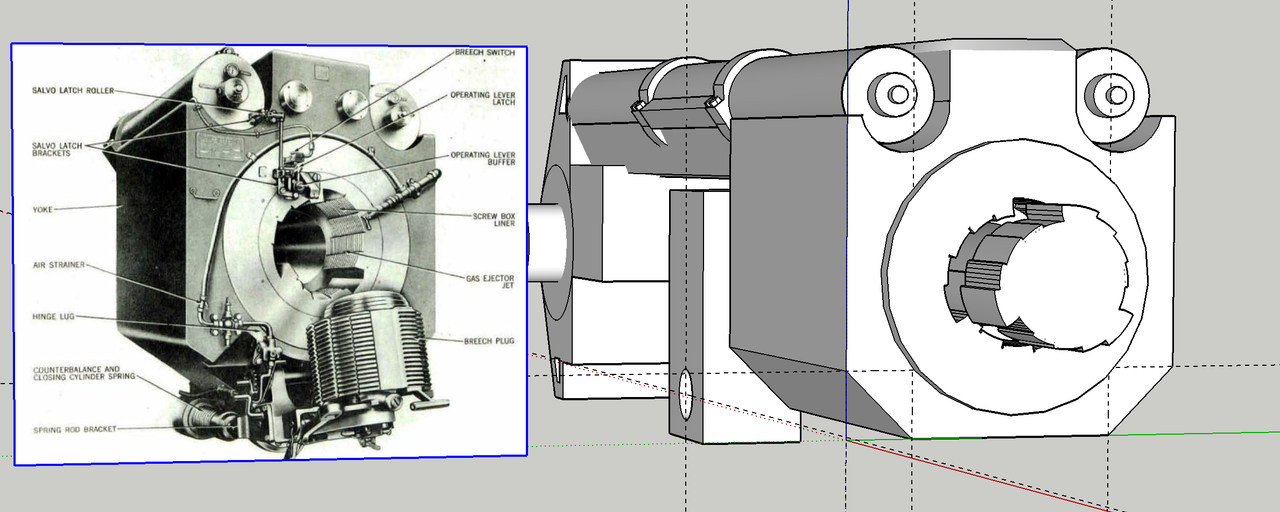
There are 20 threads in every segment of the step-thread breach. While I can make them and probably print them, I don't know if you'll see them in 1:72. It may not be worth effort.
This is going to be a massive project and will take a long time. I may not work on it continuously the whole, but as many of you who've followed my other builds on FSM and other forums, I usually finish what I start.
My initial plan is to the gun house and maybe the electric deck that lies below in the barbette. I'm not particularly interested in doing the projectile and powder flats, since there's really nothing going on. The projectile and powder lifts follow a tricky path and might present distinct challenges.
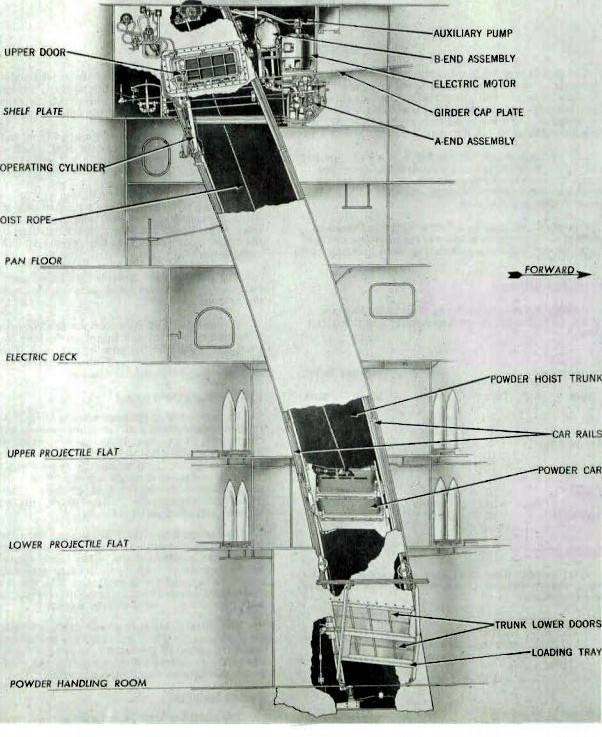
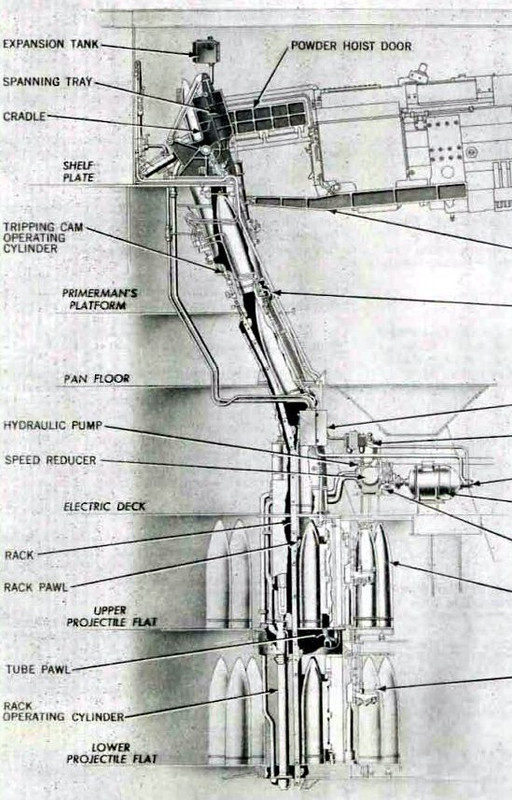
The guns are traversed by two very large pinion gears driven by hydraulic servo motors onto a massive ring gear that runs around the barbettes circumference. This ring lies well below the deck level.

Additiionally, elevation is accomplished by a very long and robust roller screw that is raised and lowered by a hydraulic ball screw that surrounds it. It's a very smooth, precise and sophisticated way to raise and lower the massive gun with little or no backlash. This compares to the pinion and sector that found on traditional artillery pieces.

All of this equipement is energized by hydraulic servo systems with and A-end pump powered by electric motors, and the B-end hydraulic motors. These can be modeled reasonably in this scale.
Notice in the above that there were duplicate sets of manual pointing and training stations on both sides of the turret. It's what accounted for the two little housings that project out of the foreward sides of the turret. There were many ways the turrets could be aimed and fired, starting with the main radar gun directors high up in the towers. This was redundant since either director could control all three turrets. Then there was the main range finders in each turret that could also control the other two if the main directors were out of commission. Finally there were these manual stations that could aim each gun old school. These ships were meant to fight and the redundancies made sure they could under battle conditoins. It must have been weird sitting way up in those little spaces while these monsters were roaring in the room next to yours.